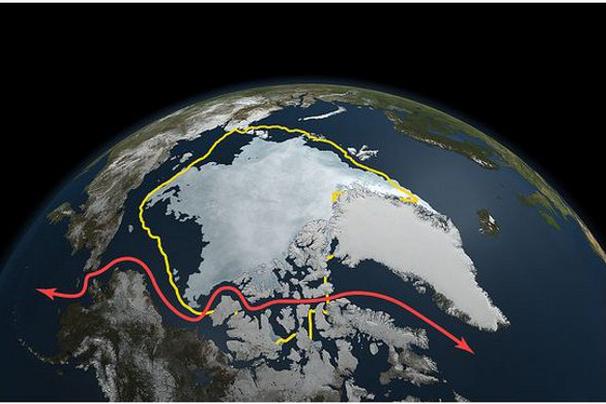 A watery ocean may lie beneath the surface of Saturn’s largest moon, Titan, scientists believe. Gravity measurements reveal deformations in Titan’s interior that suggest a layer of liquid ‘sloshing around’.
A watery ocean may lie beneath the surface of Saturn’s largest moon, Titan, scientists believe. Gravity measurements reveal deformations in Titan’s interior that suggest a layer of liquid ‘sloshing around’.
The ocean is thought to be made of water with a depth of a couple of hundred kilometres. It appears to cover the entire moon beneath 100 kilometres of ice.
The evidence comes from the American space agency Nasa’s probe Cassini, which made six fly-bys of Titan between 2006 and 2011.
Scientists used signals beamed back by Cassini to measure distortions in Titan’s gravitational field.
The data showed something strange happening in the moon’s interior which indicated the presence of liquid water.
Writing in the journal Science, the planetary experts led by Dr Luciano Iess, from La Sapienza University in Rome, concluded: ‘Such a large response to the tidal field requires that Titan’s interior is deformable over time scales of the orbital period, in a way that is consistent with a global ocean at depth.’ Read more





